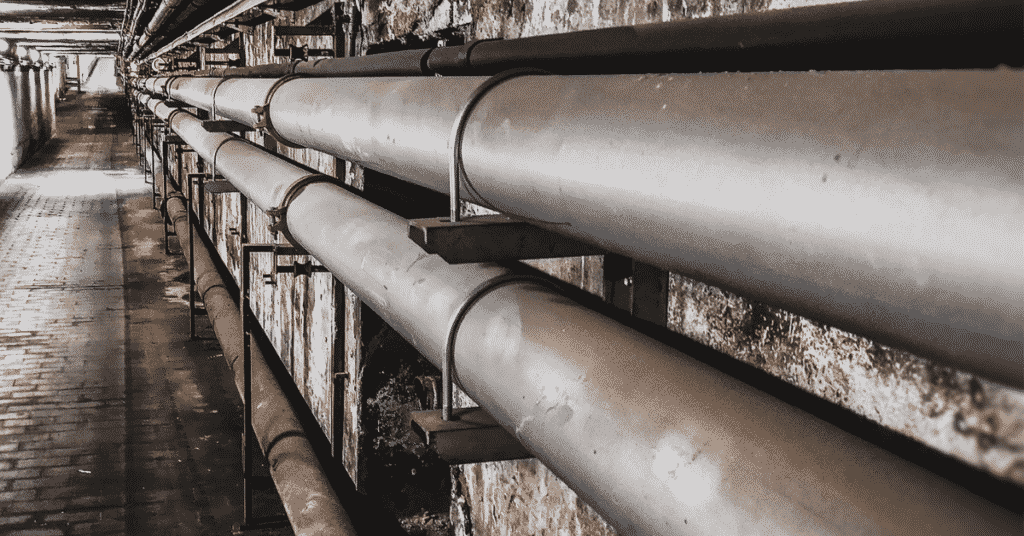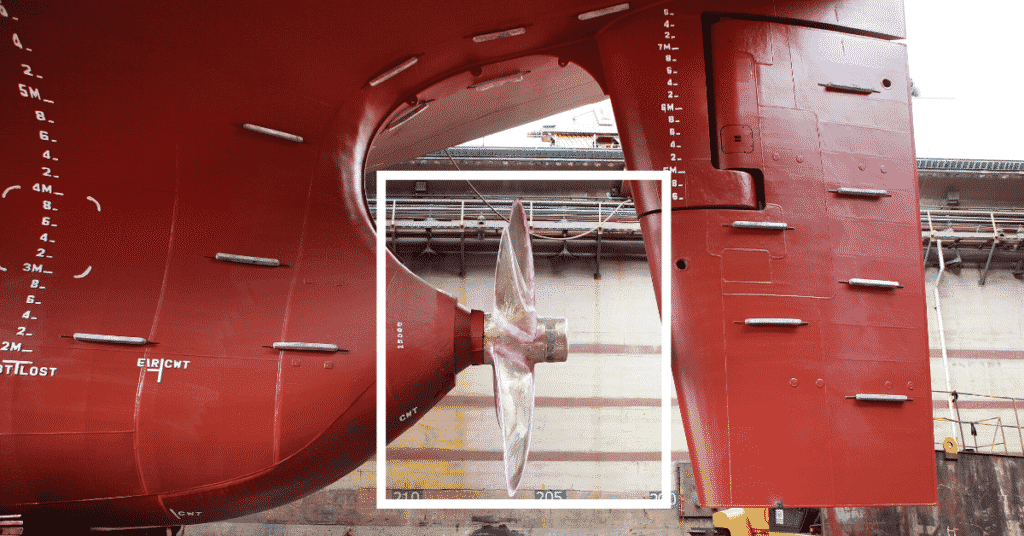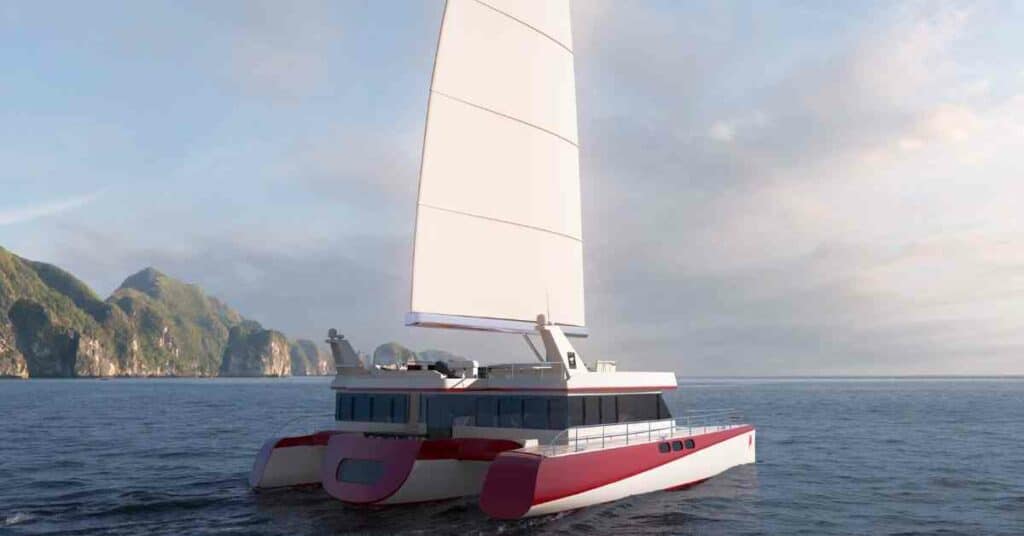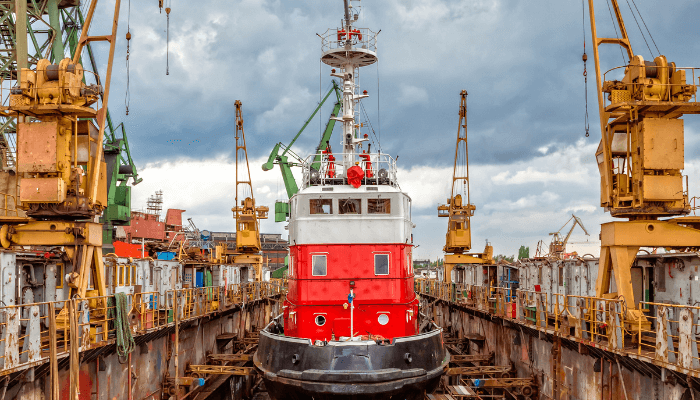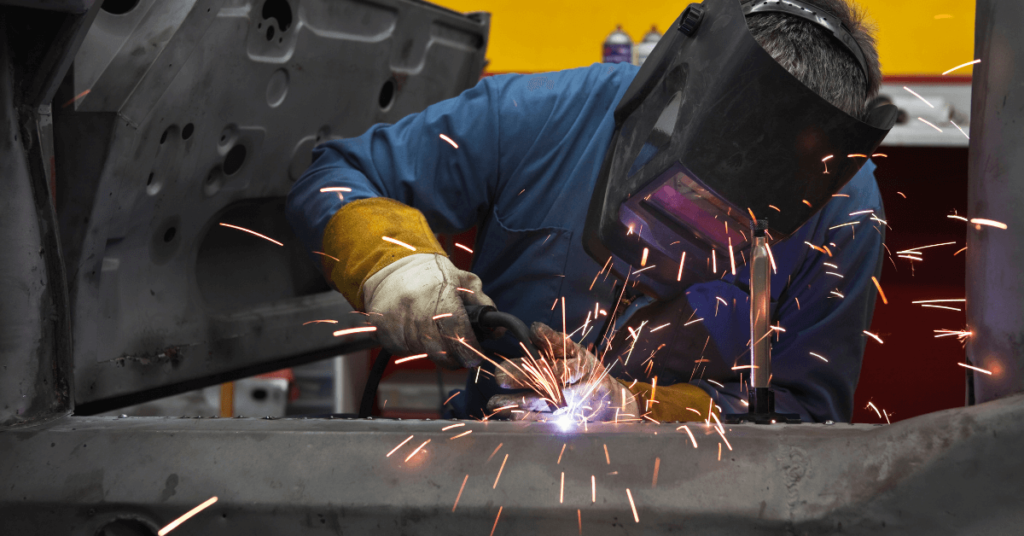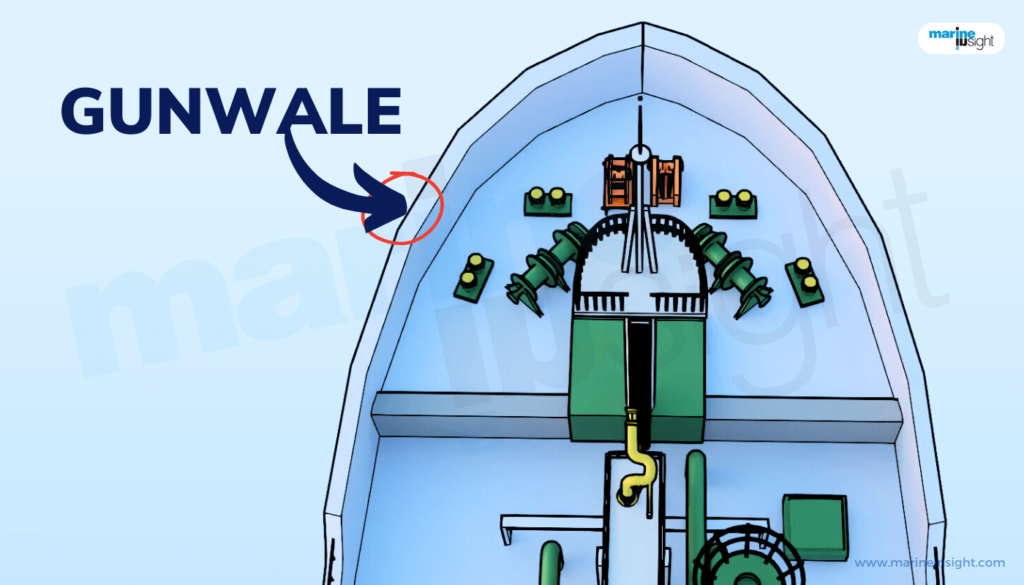What is Deck Plating on Ships?
Vessels are divided vertically by decks. These decks either extend fully and are flush with the primary structural members of the vessel or are partially disposed of up to some span.
Depending on the extent of their span, if they are significant, they contribute to the longitudinal and transverse structural strength of the vessel. In other words, they absorb a significant portion of loads, especially in the form of bending stresses.
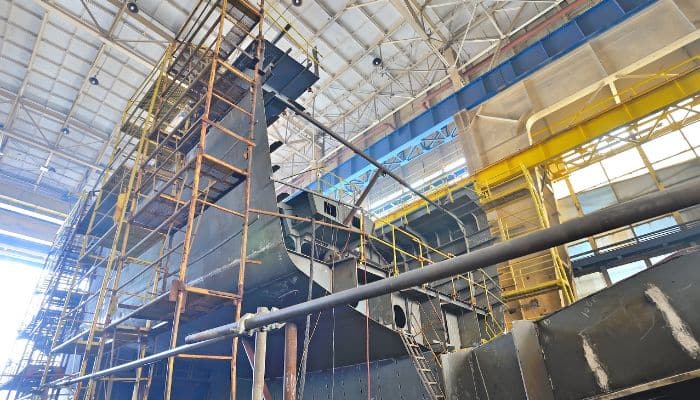
Deck plating thickness can vary widely depending on a host of factors ranging from ship type to the region of disposition of the plate. However, for all practical purposes, deck plating thicknesses for any kind of vessel usually range from 4-5 mm to 20-25 mm.
The larger the ship type, the greater the scantling distribution of deck plates. Moreover, deck plating thickness also depends on the following:
- Disposition
- Highest magnitude of structural loads acting
- Contribution to global strength
The deck plating in the way of cargo spaces, tankage, equipment, machinery spaces, and so on have higher thicknesses. Furthermore, the deck plating is given very high thicknesses in the way of openings like hatches. This is due to the factor owing to structural discontinuity or loss in strength due to the opening where it needs to be compensated. Similarly, the structural arrangement plays a very important role.
For continuous decks, the plating is given the highest number of thicknesses in the way of the midship region as the maximum level of stresses is incident there, in a longitudinal sense. For all practical purposes, about 40-50% of the deck extent in the way of midships is given the highest thickness. Likewise, locally, the scantlings of the deck plating need to be increased accordingly wherever there is an incidence of high localised loads or stress concentrations may occur.
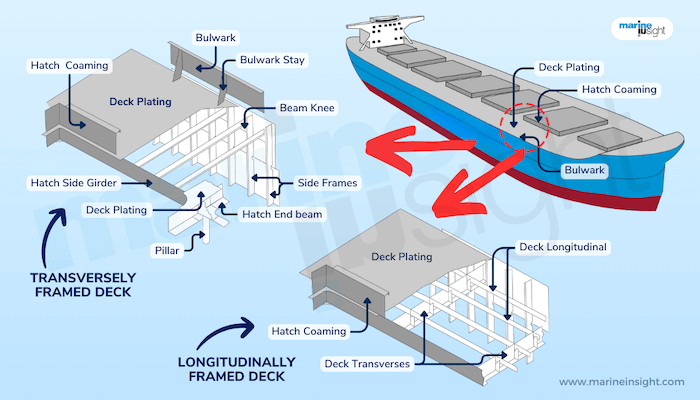
For instance, in the way of some deck installations like a crane or gantry, the plating underneath and adjoining has a high thickness to absorb extra loads arising due to the equipment. Other critical points of stress concentrations occur due to structural discontinuities, and the scantlings must be increased accordingly—for instance, the connections between the main deck and the superstructure or deckhouse.
Decks that are continuous, contribute to the structural strength in global terms. They are given high thicknesses. For all practical purposes, the main deck, also known as the exposed deck or weather deck for all conventional vessel designs, forms the hull structure’s topmost boundary and intersects with the superstructure of the deckhouse.
This deck needs to have the highest level of load-bearing capacity overall and forms an intrinsic part of being a primary longitudinal strength member of the vessel. Hence, this is known as the strength deck. The main deck is always highly stiffened. These partial decks, in the way of machinery spaces, have very high levels of scantlings as they need to bear loads of machinery and engines.
For all practical purposes, decks in the deckhouse or superstructure have lower scantlings than the main hull structure as they do not participate in the global strength of the hull girder. However, the superstructure, as a whole, somewhat also contributes to the global strength of the vessel in what is known as the superstructure effect.
All requirements about the material, thickness, and necessary stiffening of decks are determined by classification rules and guidelines. Steel is the most common deck material and is mostly used in the form of grades like B, D, and E. However, depending on the requirement, these may change (for instance, in areas of high loading due to machinery or in the case of defence combat ships), and higher grades of steel are used.
Deck plates are strongly welded in both transverse and longitudinal manner. Simple hand welding, automatic welding, submerged arc welding, and friction stir welding are some common welding techniques used.
You might also like to read-
- Ship Construction: Plate Machining, Assembly of Hull Units And Block Erection
- What is Lowermost Deck in a Ship?
- Shipbuilding Process – Plate Stocking, Surface Treatment and Cutting
- Real Life Incident: Oiler Gets Injured After Stepping Into Open Floor Plate
- What is Sheer, Flare And Camber in Ships?
Do you have info to share with us ? Suggest a correction

About Author
Subhodeep is a Naval Architecture and Ocean Engineering graduate. Interested in the intricacies of marine structures and goal-based design aspects, he is dedicated to sharing and propagation of common technical knowledge within this sector, which, at this very moment, requires a turnabout to flourish back to its old glory.
Latest Naval Arch Articles You Would Like:
Subscribe To Our Newsletters
By subscribing, you agree to our Privacy Policy and may receive occasional deal communications; you can unsubscribe anytime.










